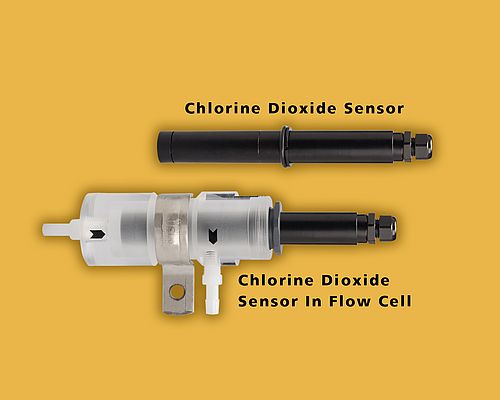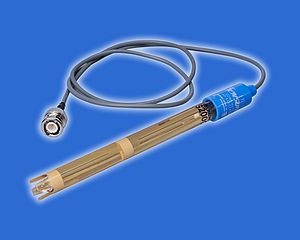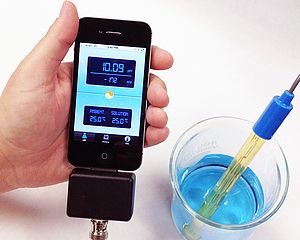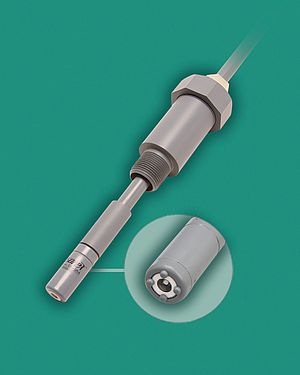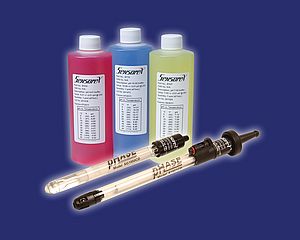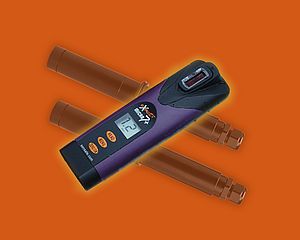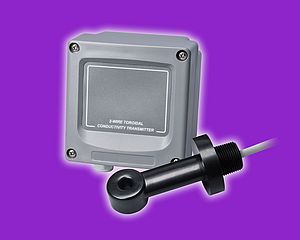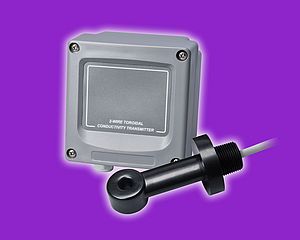Offering real-time chlorine dioxide (ClO2) measurement with an advanced amperometric sensor, the CLD series chlorine dioxide sensor from Sensorex is a flexible, low maintenance solution for applications including water treatment disinfection and chlorine dioxide generators. It is available in both 0-2 ppm and 0-10 ppm measurement ranges with a 4-20 mA output. The sensor’s long-life design reduces maintenance cycles, which lowers lifecycle costs with less frequent sensor membrane cap/solution replacement and reduced installation time. The sensor installs easily via the company’s FC72 flow cell with 6,35 mm FNPT threads or can be installed as a direct, drop-in replacement for other ClO2 sensors. It operates over a range of 4-11 pH, at temperatures from 0 to 45°C and at a maximum pressure of 1 bar. After ClO2 diffuses across the sensor’s hydrophobic silicone membrane separating the cathode and electrolyte solution, it is simultaneously electrochemically reduced at the gold cathode and oxidized at the silver anode. The release of electrons at the cathode and acceptance at the anode creates a current flow, which, under constant conditions, is proportional to the chlorine dioxide concentration in the medium outside the sensor. The sensor’s on-board electronic circuitry then conditions the resulting low current output to a 4-20mA signal. The sensor can also be installed in conjunction with the company’s FM001 flow meter to condition the liquid flow for higher levels of system stability. This also results in high levels of measurement accuracy. The 4-20mA output signal is compatible with both PLCs and DCS’, allowing support for a wide range of applications from small stand-alone, single-point measurement stations to large plant wide network systems. The sensor is constructed from rugged black PVC and includes a specialized acrylic flow cell (Model FC72) to control and stabilize the flow environment.
Edited by: Teoman Tugsuz


